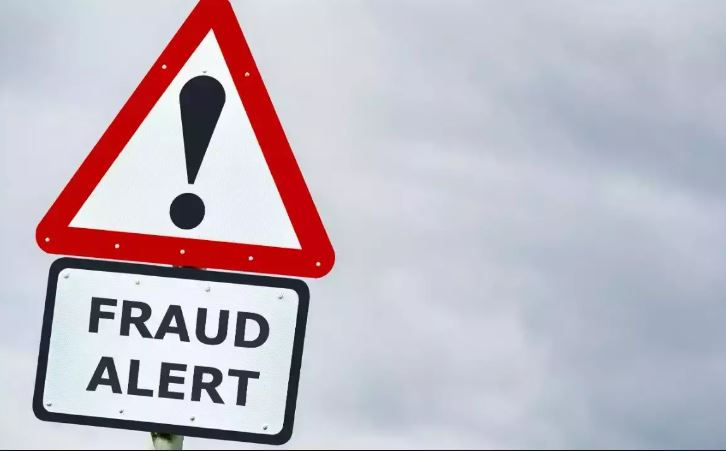How to Find Lost Stock Shares
- solutionsinfiny
- Aug 31, 2022
- 2 min read
The Investor Education and Protection Fund (IEPF) was founded by SEBI and the Ministry of Corporate Affairs. It serves as safe custody for shareholders' funds and collects all dividends from asset management companies, matured deposits, shares application interests, debentures, and other interests that have been unclaimed for at least seven years. The IEPF provides investors with a much-needed break by gathering and combining funds from all the aforementioned sources. Investors can use this platform to request reimbursement for their unclaimed shares.
The rightful owner/successor has experienced excessive stress, confusion, and anguish as a result of the lost shares. In order to facilitate the transfer of securities, SEBI further announced on March 28, 2018, that requests for transfers other than transmission or transposition would not be honored unless the securities are held in a depository's dematerialized form. On April 1, 2019, this rule became effective. The aforementioned rule is not applicable to demat, transmission (title transfer due to death or inheritance), or transposition (i.e., changing the order of shareholders' names).
Not that long ago, shares were kept in their physical form, represented by paper certificates. Physical share certificates had to be issued or transferred for each share that was issued and traded. This was a really difficult and large task. Physical papers were used throughout this time before 1996.
Therefore, the term "recovery of shares" refers to the full range of activities involved in recovering such securities through the procedures of share transmission, share transfer, bonus issue recovery, and unclaimed dividend recovery. In other words, the IEPF's top priority is safeguarding investors' interests.
The IEPF claiming process
A claimant must complete Form IEPF-5 and upload it to the MCA website in order to receive a refund or recover shares that were issued in his or her name. The following must be completed:
● Details about the application,
● the company,
● the shares to be claimed,
● the amount claimed,
● the securities or deposits,
● the year-by-year Aadhaar number, or
● The applicant's passport, OCI, or PIO card number (if the applicant is not an NRI or foreigner), as applicable.
After the authority gets verification report from the competent company that examined the claimant's application, the IEPF Authority must decide on the reimbursement request of the claimant within 60 days.
We think it's a great move on the part of the MCA and SEBI to allow true shareholders to get their money back from the IEPF. SEBI must also make efforts to increase the awareness and knowledge of investors and security holders. As a method of ensuring investor protection, SEBI has been working continually to increase investor awareness and education.
The SEBI circular explains the regulator's position on corporate governance in unambiguous terms. It states that the foundation of effective corporate governance is transparency, accountability, and shareholder empowerment. Therefore, companies must be sure to follow the letter of the law and make an effort to give shareholders accurate information so they can make an informed choice. This circular made it more confirmed that now people can find their lost shares recovery with easy steps.







Comments